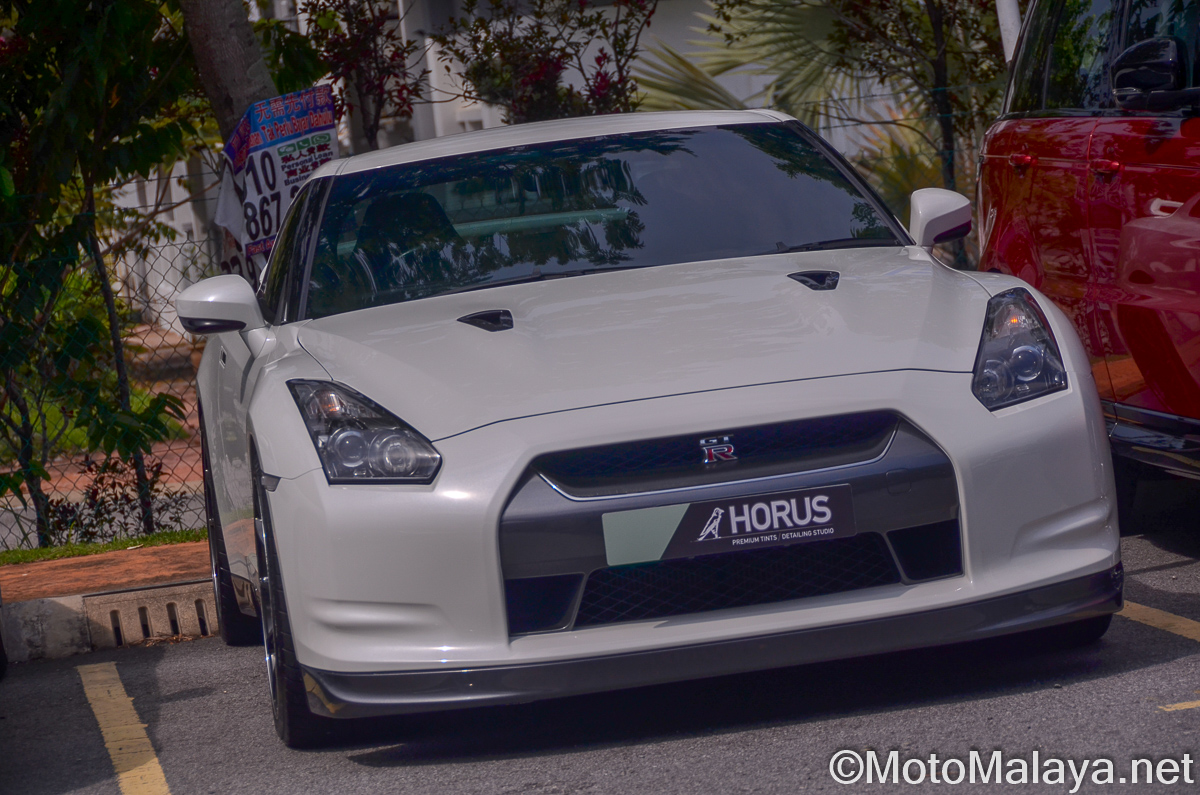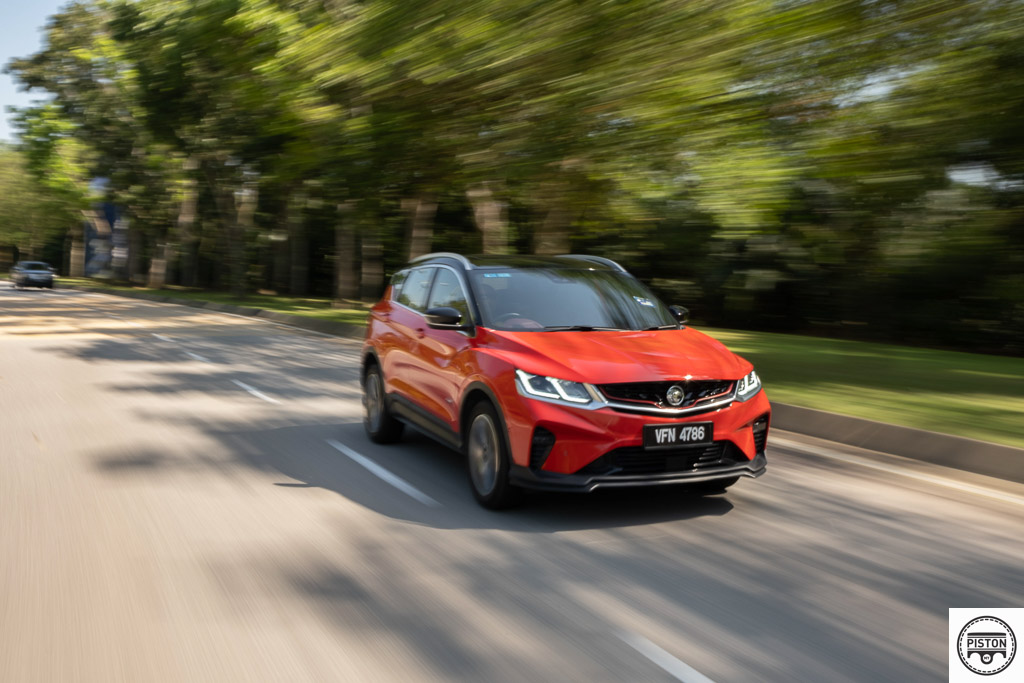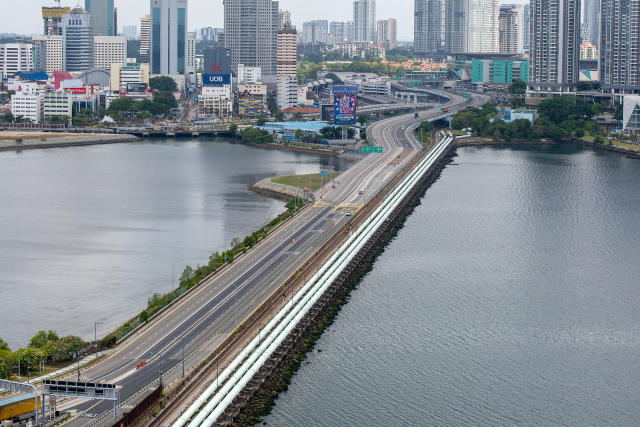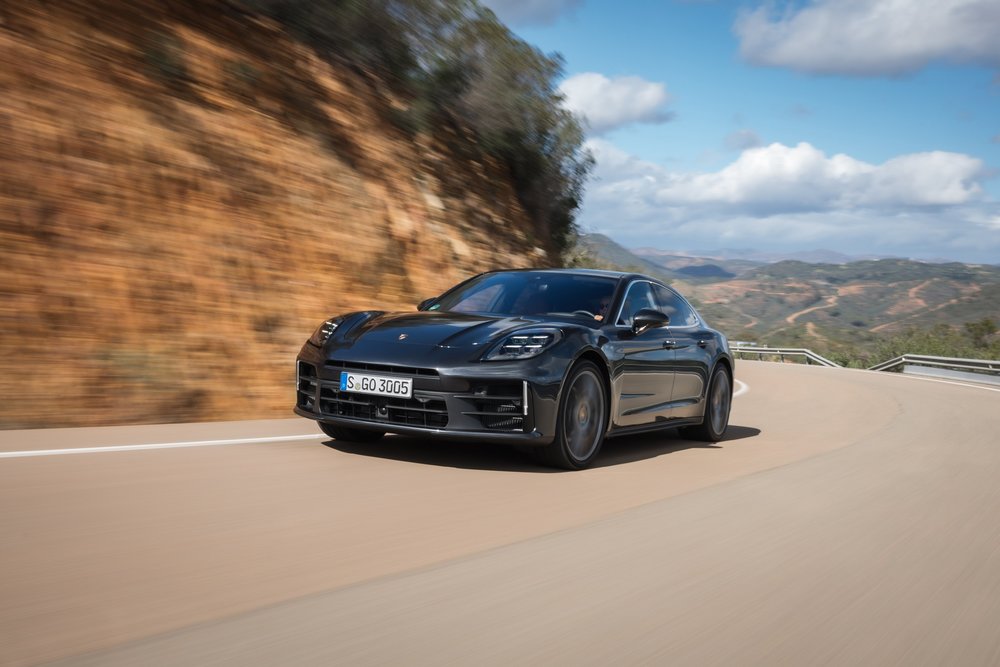The Malaysian Road Transport Department (JPJ) has issued a stern warning to drivers who violate window tinting regulations, emphasising that offenders will face fines and the possibility of imprisonment.
JPJ has cited the Motor Vehicles (Prohibition of Certain Types of Glass) Rules 1991, which underwent an amendment four years ago. These updated rules now dictate that the visible light transmittance (VLT) of a vehicle’s front windscreen should be no less than 70%, and at least 50% for the front side windows.
As reported by FMT, motorists who contravene these regulations could be slapped with fines of up to RM2,000 or face imprisonment for up to six months for a first offence. Subsequent convictions may lead to heftier penalties, with fines of up to RM4,000 and imprisonment for up to 12 months.
It’s important to note that the regulations do not impose a limit on the VLT of a vehicle’s rear side windows and rear windscreen, as clarified by JPJ.
The window tinting restrictions serve the purpose of maintaining unobstructed driver visibility and ensuring road safety, according to Wong Shaw Voon, Chairman of the Malaysian Institute of Road Safety Research (Miros).
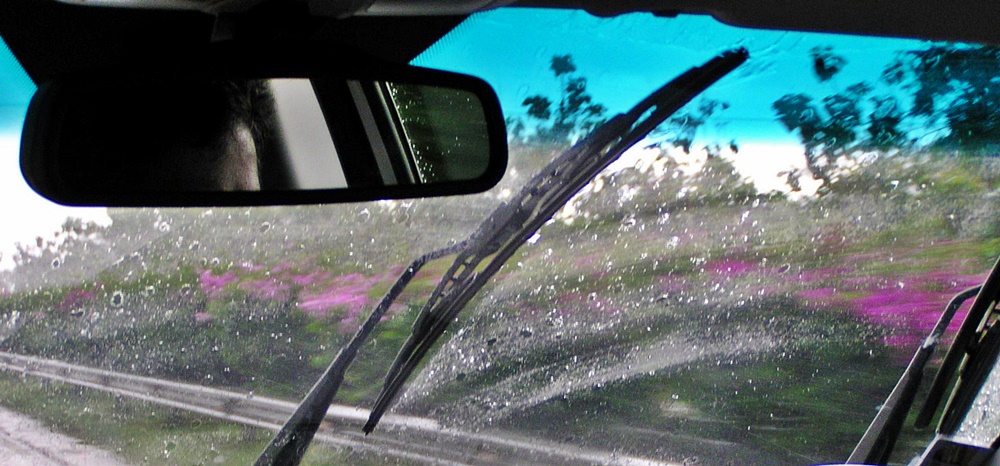
Wong explained, “The rule for the front windshield stipulates that it must allow at least 70% of light to pass through because that’s where drivers primarily look, and they require a clear view to spot potential hazards. The 50% VLT requirement for the front side windows is intended for improved visibility, as hazards can approach from the sides. The back side windows and rear windshield may have 0% VLT because drivers primarily focus on what’s in front of them.”
These regulations are applicable to all car drivers, with some exceptions, as pointed out by Universiti Putra Malaysia road safety expert Law Teik Hua.
“Exemptions are occasionally granted for medical reasons, such as when motorists require reduced exposure to sunlight. To obtain such an exemption, they must obtain a recommendation from a medical specialist and submit it to the JPJ,” Law noted.
He added that exemptions might also be given for safety reasons and highlighted that tinting regulations are based on British standards, which prioritise safety and security. “Although there might be some variations when compared to other countries like Japan and China, the regulations in these countries all ultimately share the same objective of enhancing safety and security,” he underscored.
Law emphasized that the most reliable approach to assess tint darkness is by checking the VLT percentage, which measures the amount of visible light that can penetrate a tinted window.
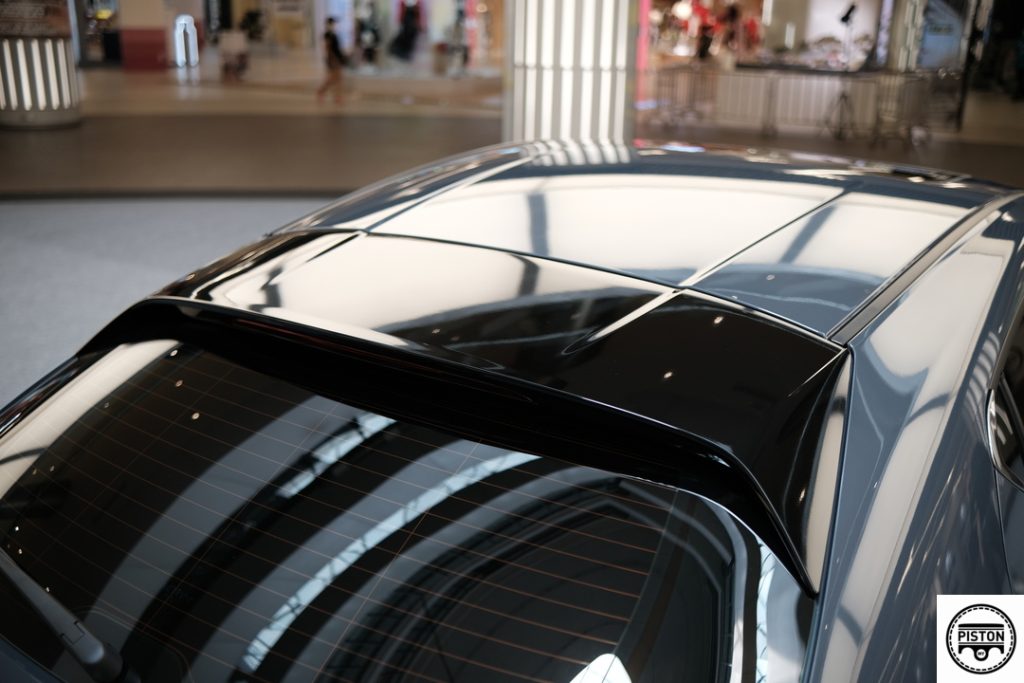
“Motorists can do this by consulting the documentation or packaging provided by the tint film manufacturer, which should contain relevant details. If the documentation confirms that the tint film complies with local regulations, it’s likely to fall within acceptable darkness levels,” Law suggested.
Alternatively, drivers can visit automotive shops equipped with a VLT meter. “They can measure the VLT of your tinted windows for you,” he said.
In response to a survey that revealed the sale of tinted film on e-commerce platforms, Law stressed that these results indicate that many businesses are not prioritising compliance with the law.
“Low compliance rates can largely be attributed to the perception that enforcement is lenient. As a deterrent, it is crucial that law enforcement agencies remain vigilant through regular roadblocks and inspections to enforce tint regulations,” Law recommended.
He further called on the government to regulate workshops by implementing licensing requirements and quality standards, as well as imposing penalties on those who fail to adhere to them. “These penalties might encompass fines, suspension of licenses, or even the closure of the shop,” Law concluded.


